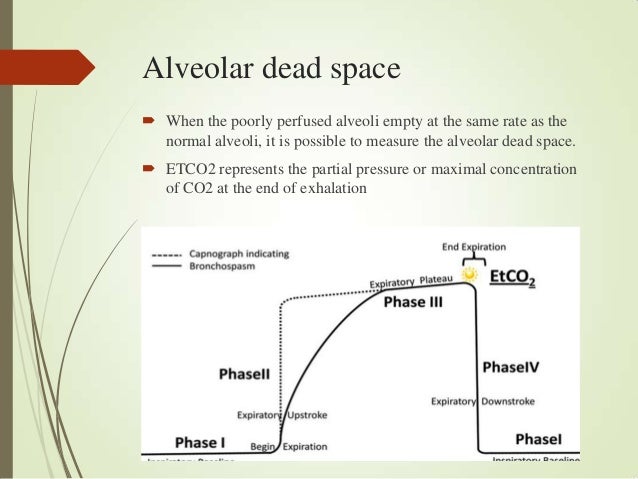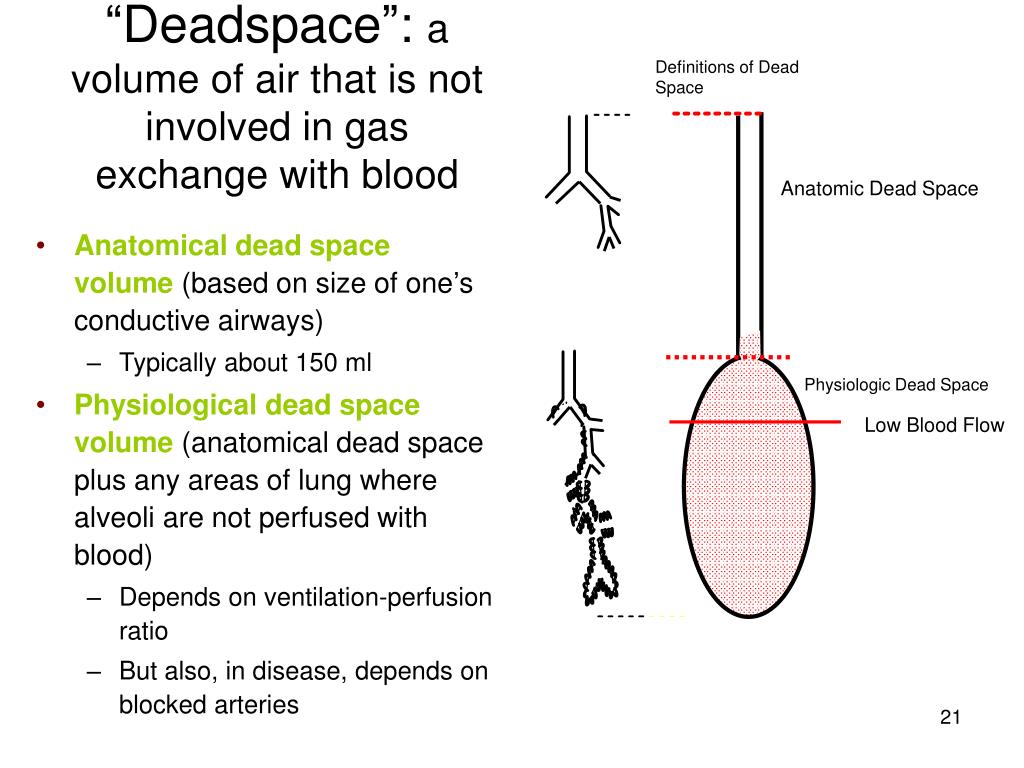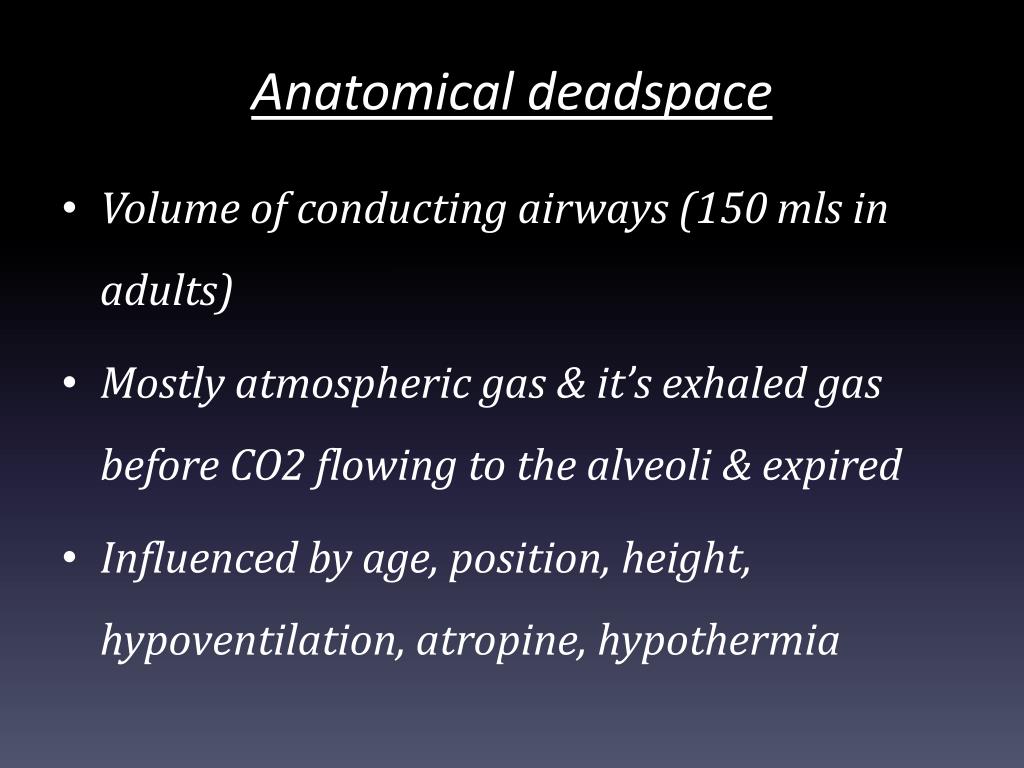

2 Delivery of inappropriately large tidal volumes can lead to alveolar over-distension and development of chronic respiratory morbidity. 1 Use of volume-targeted ventilation is a lung protective strategy as it potentially avoids too high or too low delivered volumes. Newborn infants often require respiratory support with invasive mechanical ventilation, unfortunately such infants can develop chronic respiratory morbidity. The dead space volume should be considered when calculating the most appropriate volume during volume-targeted ventilation. The dead space (per kilogram) was higher in ventilated infants with respiratory distress syndrome or evolving bronchopulmonary dysplasia compared to term controls without respiratory disease. The physiological dead space was a significant proportion of the delivered volume in ventilated infants. Measurement of the dead space was feasible in ventilated newborn infants. Prematurely born infants with pulmonary disease have a higher dead space than term controls, which may influence the optimum level during volume-targeted ventilation.

V A in infants with RDS or BPD was similar to that of the controls.

Minute ventilation was higher in both infants with RDS or BPD compared to the controls. The dead space was higher in 35 infants with respiratory distress syndrome (RDS) and in 26 infants with bronchopulmonary dysplasia (BPD) than in 20 term controls with no respiratory disease. ResultsĮighty-one infants with a median (range) gestational age of 28.7 (22.4–41.9) weeks were recruited. Alveolar ventilation ( V A) was also calculated. Volumetric capnograms were constructed to calculate the dead space using the modified Bohr–Enghoff equation. Expiratory tidal volume and carbon dioxide levels were measured. MethodsĪ prospective study of mechanically ventilated infants was undertaken. We determined if there were differences in dead space and alveolar ventilation in ventilated infants with pulmonary disease or no respiratory morbidity. Dead space is the volume not taking part in gas exchange and, if increased, could affect alveolar ventilation if there is too low a delivered volume.


 0 kommentar(er)
0 kommentar(er)
